Rethinking Batting Practice with Release Points
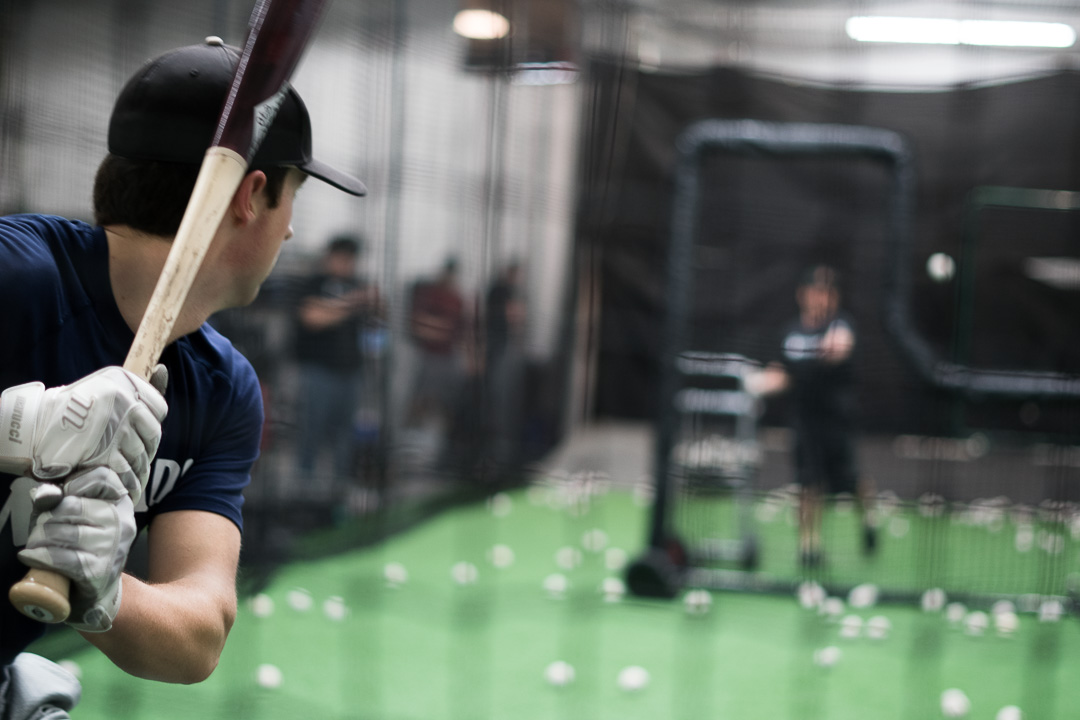
We wanted to test out some ideas with our pitching machine and pitcher release points. So be prepared for some cool gifs.
First, we wanted to see how setting up the machine directly in line with the plate would look from both the right- and left-handed batters box. In the gifs below, the pitching machine is six feet in front of the mound, which is about the average extension for an MLB pitcher.
Right-handed view 93-94 MPH
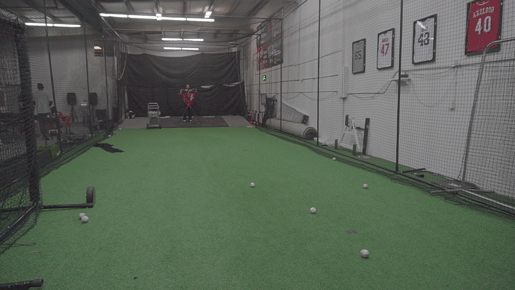
Left-handed view 93-94 MPH
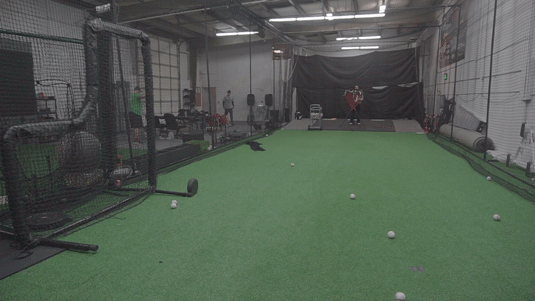
Looks pretty straightforward, right?
After this and spending time on brooksbaseball.net looking at release points, we came to the realization that even though we most often practice hitting balls straight ahead, there are few pitches that actually come in straight. Most are crossing home plate at an angle.
This picture from an older Baseball Prospectus piece illustrates this fact quite well.
Now, this is an exaggeration, of course, but the point is pretty clear. Most pitches don’t come straight at a hitter: they come at an angle. So after some searching on Brooks Baseball, we can see how far out some of the release points are for some pitchers: upwards of three feet on either side of the rubber.
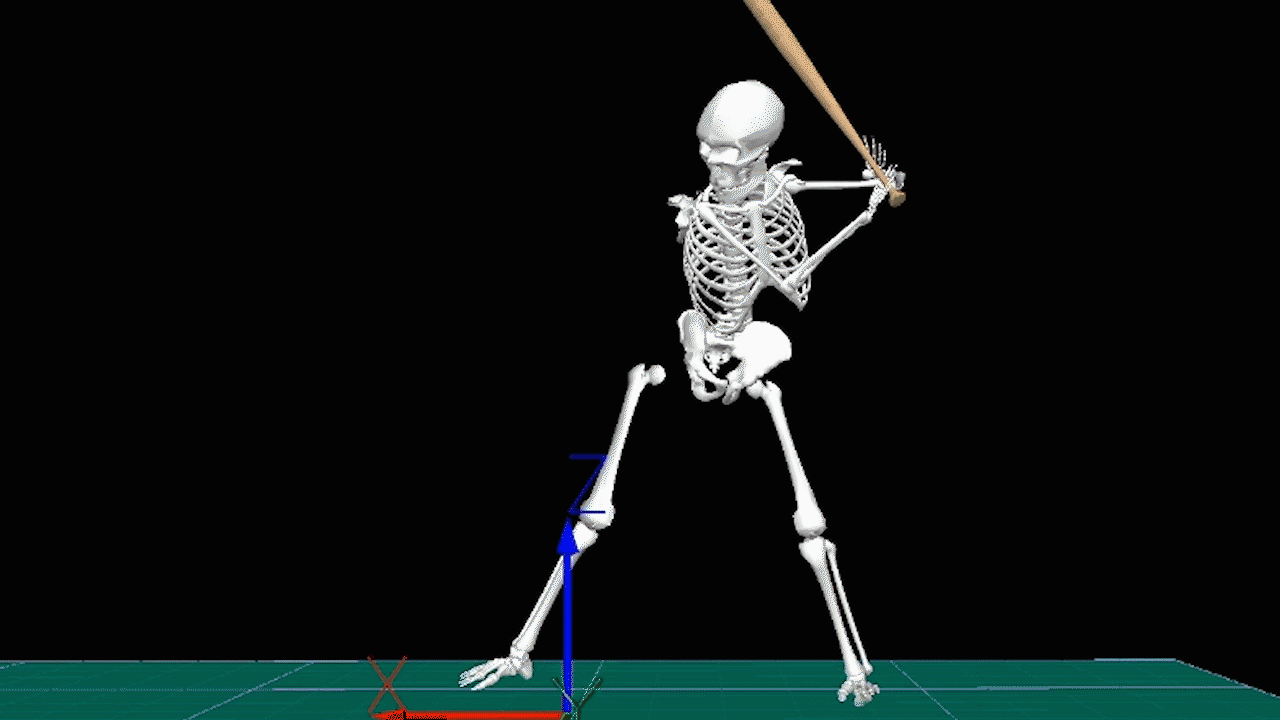
Foundations of Hitting
30 modules teaching you everything we know about hitting and hitting mechanics.
Here are a few notable names:
So, we have two things: how far they are from the middle of the rubber to the side, and how high they are. We were able to find older extension numbers from 2015, here.
After seeing how remarkably similar Chris Sale’s and Max Scherzer’s release points were, we figured, why not try to replicate that?
Now, we can’t change the height of our pitching machine, but we can measure out the horizontal release point and estimate that the extension is going to be just over six feet closer to home. Let’s see how they differ. All pitches are between 93-95 MPH.
Right-handed batter’s box Scherzer’s release point
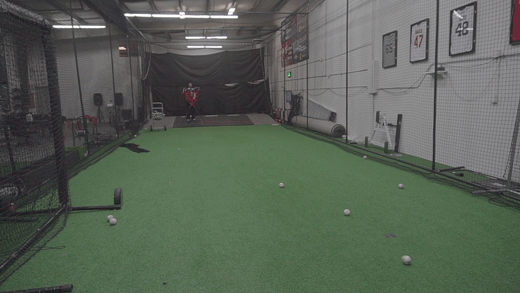
Left-handed batter’s box Scherzer’s release point
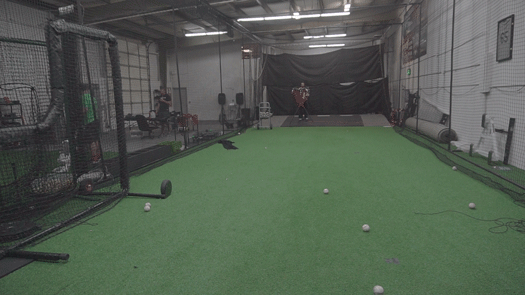
Right-handed batter’s box Sales’ release point
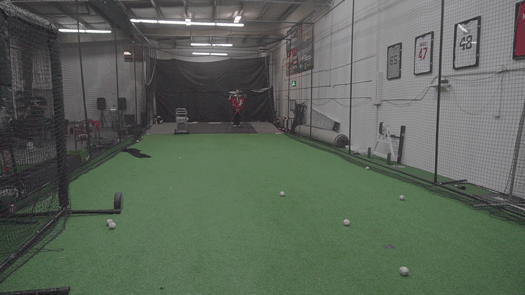
Left-handed batter’s box Sale’s release point
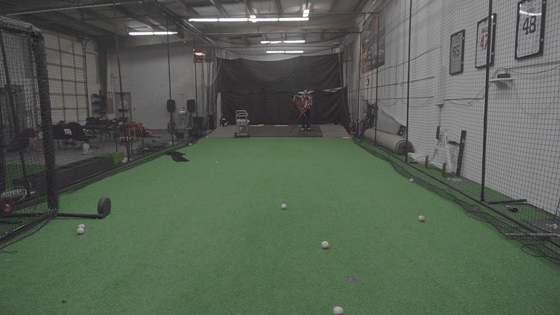
Looks pretty different than lining up straight to the plate!
Application
Now, we aren’t going to say that everyone needs to get a pitching machine, but it does help! The application comes from the following: if pitches are going to be coming in at different angles, then why don’t we practice hitting at different angles?

Become the Hitter You Want to Be
Train at Driveline
Lead Hitting Instruction Jason Ochart mentioned something similar to this in a previous article, and this tweet from Coach Pete Lauritsen is a great example of training at angles.
Getting better pic.twitter.com/jYyEgEbzor
— SwingFaster (@SuccessLvsClues) September 29, 2016
Now, you may not feel comfortable moving that far, but the concept remains the same.
The gifs above are simply batter’s box impressions of the same idea.
Moving flips or short toss a couple inches one way can better simulate pitches coming in like a right-hander would throw. Moving flips or short toss the other way will better simulate pitches coming in from a left-hander. If a batter struggles by hitting one side worse than the other, this may be worth a try.
Train at Driveline
Interested in training with us? Both in-gym and remote options are available.
- Athlete Questionnaire: Fill out with this link
- Email: support@drivelinebaseball.com
- Phone: 425-523-4030
Make the best decision of your career.
This article was written by Assistant Researcher Michael O’Connell
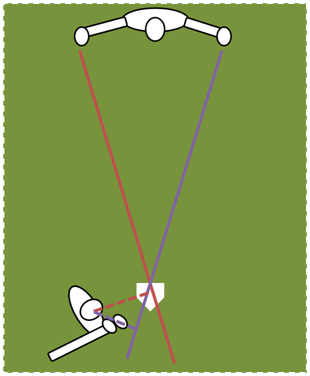
Comment section